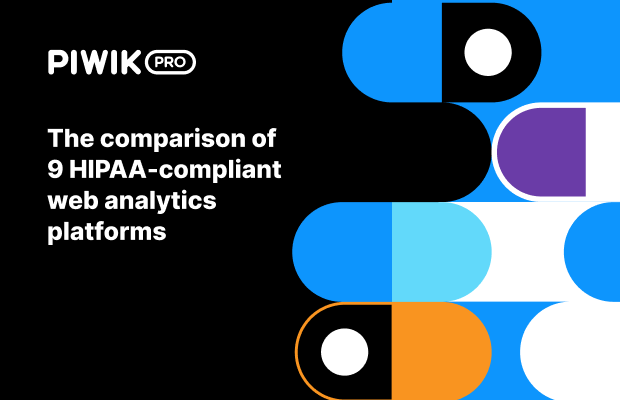A data clean room is a piece of software that allows organizations to bring data together for joint analysis under defined guidelines and restrictions.
The process involves two entities – such as an advertiser and a publisher – who upload their first-party data to the data clean room. Then, the data undergoes security and privacy-protection measures, such as pseudonymization, restricted access, or noise injections, that remain in place to ensure none of the parties can access personal data or data of the other party. Both parties get information in the form of cohorts and aggregated reports. The data can then be activated for various advertising and marketing efforts. For example, it can be applied for targeting a specific demographic, audience measurement, and analysis.
Data clean rooms contain aggregated, anonymized user information considered non-personally identifiable information (non-PII). The involved contributors can benefit from the information in the joint data set from two or more parties without gaining access to specific data about individual users. At the same time, they cannot export or copy the data set of the other contributors, and no one outside the data clean room can access the user-level data.
The demand for data clean rooms is growing due to privacy regulations, the deprecation of third-party cookies, and the need for advertisers to better target users.
Read more about privacy-friendly solutions to marketing:
Data clean room
-

Introducing new pricing: More analytics value and privacy compliance as you grow
Businesses have transformed the way they collect and utilize data. Modern organizations are seeking trusted datasets, full visibility into the customer journey, and ethical data collection, all within a seamless platform that offers comprehensive analytics and data activation capabilities. To meet these evolving needs, we’re excited to share some important updates about our platform. Over…
-

The comparison of 9 HIPAA-compliant web analytics platforms
Selecting a HIPAA-compliant web analytics platform is critical for any healthcare organization. With the increasing reliance on digital tools to improve patient care, streamline operations, and drive strategic decisions, the need to analyze web and patient data securely has never been greater. Choosing a platform that doesn’t match your needs or available resources can put…
Other definitions
Recent posts from Piwik PRO blog
- Introducing new pricing: More analytics value and privacy compliance as you grow
- The comparison of 9 HIPAA-compliant web analytics platforms
- EU hosting vs. EU sovereignty: Why the difference matters for privacy-first analytics
- Why Shopify stores need privacy-compliant analytics
- Piwik PRO vs. Google Analytics for Shopify: A comparison
- Introducing Piwik PRO app for Shopify: Advanced analytics with built-in CDP
- PHI and PII: How they impact HIPAA compliance and your marketing strategy
- How can healthcare organizations benefit from using a customer data platform (CDP)







